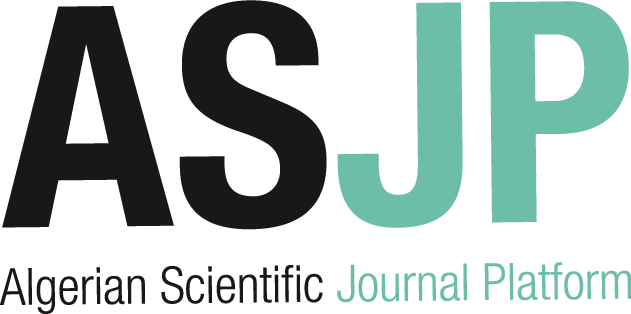[article]
| Titre : |
Reduction of chemical reaction mechanism for halide-assisted silicon carbide epitaxial film deposition |
| Type de document : |
texte imprimé |
| Auteurs : |
Rong Wang, Auteur ; Ronghui Ma, Auteur ; Michael Dudley, Auteur |
| Année de publication : |
2009 |
| Article en page(s) : |
pp. 3860–3866 |
| Note générale : |
Chemical engineering |
| Langues : |
Anglais (eng) |
| Mots-clés : |
Gas-phase composition Halide-assisted chemical vapor deposition Silicon carbide film growth Three-dimensional simulation |
| Résumé : |
Simulation of gas-phase and surface chemistry is an essential part in numerical study of chemical vapor deposition for film growth. When integrated with a model for transport processes such as gas flow, heat transfer, and mass transfer, it allows the prediction of gas-phase composition, film deposition rate, and film uniformity. For halide-assisted chemical vapor deposition of silicon carbide film growth, three-dimensional simulation of the deposition process can be time-consuming due to the large number of chemical reactions involved. In this study, a simplified chemical reaction mechanism was developed for silicon carbide growth with silicon tetrachloride and propane as precursors. After model validation, the reduced reaction steps were implemented into a three-dimensional simulation of halide-assisted chemical vapor deposition to predict the distributions of gas velocity, temperature, concentration of the intermediate reactants, and film deposition rate. Specifically, the effects of deposition pressure on the film growth were investigated. The integrated model for chemistry and transport process demonstrated the capability of modeling a deposition process with reasonable computing time. We envision that this model will provide a useful tool for design, test, and optimization of the deposition process for growing silicon carbide films or bulk crystals by use of halide-assisted chemical vapor deposition process. |
| En ligne : |
http://pubs.acs.org/doi/abs/10.1021/ie8017093 |
in Industrial & engineering chemistry research > Vol. 48 N° 8 (Avril 2009) . - pp. 3860–3866
[article] Reduction of chemical reaction mechanism for halide-assisted silicon carbide epitaxial film deposition [texte imprimé] / Rong Wang, Auteur ; Ronghui Ma, Auteur ; Michael Dudley, Auteur . - 2009 . - pp. 3860–3866. Chemical engineering Langues : Anglais ( eng) in Industrial & engineering chemistry research > Vol. 48 N° 8 (Avril 2009) . - pp. 3860–3866
| Mots-clés : |
Gas-phase composition Halide-assisted chemical vapor deposition Silicon carbide film growth Three-dimensional simulation |
| Résumé : |
Simulation of gas-phase and surface chemistry is an essential part in numerical study of chemical vapor deposition for film growth. When integrated with a model for transport processes such as gas flow, heat transfer, and mass transfer, it allows the prediction of gas-phase composition, film deposition rate, and film uniformity. For halide-assisted chemical vapor deposition of silicon carbide film growth, three-dimensional simulation of the deposition process can be time-consuming due to the large number of chemical reactions involved. In this study, a simplified chemical reaction mechanism was developed for silicon carbide growth with silicon tetrachloride and propane as precursors. After model validation, the reduced reaction steps were implemented into a three-dimensional simulation of halide-assisted chemical vapor deposition to predict the distributions of gas velocity, temperature, concentration of the intermediate reactants, and film deposition rate. Specifically, the effects of deposition pressure on the film growth were investigated. The integrated model for chemistry and transport process demonstrated the capability of modeling a deposition process with reasonable computing time. We envision that this model will provide a useful tool for design, test, and optimization of the deposition process for growing silicon carbide films or bulk crystals by use of halide-assisted chemical vapor deposition process. |
| En ligne : |
http://pubs.acs.org/doi/abs/10.1021/ie8017093 |
|


 Ajouter le résultat dans votre panier Faire une suggestion Affiner la recherche
Ajouter le résultat dans votre panier Faire une suggestion Affiner la rechercheReduction of chemical reaction mechanism for halide-assisted silicon carbide epitaxial film deposition / Rong Wang in Industrial & engineering chemistry research, Vol. 48 N° 8 (Avril 2009)











